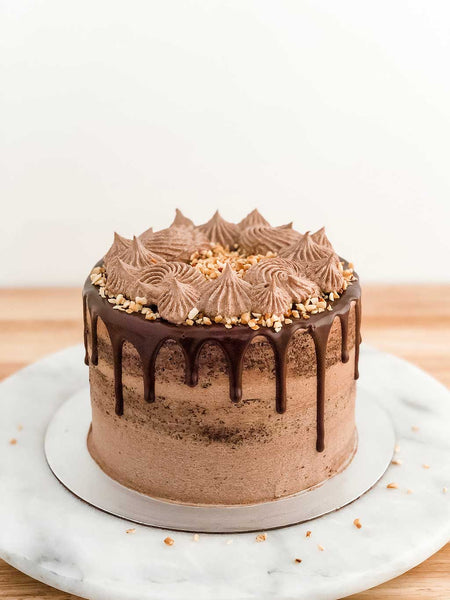
LOW SUGAR, LOW CARB CAKE
[Updated 21/11/2023] What comes to mind when you think of baking? Often it is the delicious taste and smell of cake, served with a side dose of worry over the amount of sugar, fat, and naughtiness it contains. But baking doesn’t have to be bad. With just a few simple swaps, you can quite literally have your cake and eat it, without the worry. Here are our top tips, swaps, and baking hacks to help you bake the healthy way.
7 tips for Baking the Healthy Way
1. Mix up your flour
White flour works great for cakes, keeping them light and fluffy, but lacks when it comes to nutritional prowess. To make your baking healthier, try swapping white flour for alternatives. Wholemeal flour, oat flour, and spelt flour are great as they contain more fiber and are an easy baking swap. For cakes, coconut flour works to give a delicious light texture, whilst also being gluten-free. It has even been claimed to help stable blood sugar and aid digestion. If there was ever an excuse needed to eat a cake, that might be it!
2. Up your protein
We all know how essential protein is in our diet, helping our bodies repair and rebuild, whilst also keeping us full- so why not make sure your baking is protein-filled? Great ways to add extra protein to your baking are by swapping butter for nut butters or flour for ground nuts. Another great way to experiment with protein in baking is by using protein powders- try adding a chocolate-flavored one to your chocolate cupcakes or a vanilla-flavored one to your cookies! If you’re following the keto diet, or just looking for a low sugar, high protein cake, check out our recipe for a delicious sugar-free keto chocolate drip cake. Another great way to increase your protein when making cookies is to use beans, such as chickpeas or kidney beans. They have a great texture for cookies, whilst being a good source of natural protein and vegan.
3. Switch your sugar
There’s a reason why white refined sugar is addictive- because it’s delicious! But baking without white sugar doesn’t mean you have to compromise on taste. Try switching up your sugar source for a lower sugar content, more nutritional benefits, and just as tasty bakes. Maple syrup is a great natural source of sweetness, with the added benefits of antioxidants that have anti-inflammatory effects. For a low-calorie alternative, try stevia or Xylitol. These delicious sweeteners won’t spike blood sugar and have even been shown to prevent plaque. Try Xylitol in this chocolate drip cake recipe. If you suffer from hay fever, try swapping your sugar for local honey. It has been suggested that eating local honey can help ease the hay fever symptoms and what better way to eat it than in cake!
4. Add some fruit and vegetables
Whilst carrot cake has been widely accepted, the use of vegetables in baking still isn’t widely seen. However, vegetables can make the perfect healthy base for your bakes, with their great texture. For example, try using sweet potato as the base for gooey, vegan brownies, or adding some pumpkin puree to your carrot cake for an extra source of fiber. Other vegetables that work well in cakes include beetroots and courgettes. If vegetables in cake are still a step too far, consider adding fresh fruit to your bakes. Berries can be delicious layered on top of a cake, but also work well in cookies, muffins, and pancakes. For more tropical flavors, try adding passionfruit and mango on top, or a layer of pineapple to your cake before you bake it. Fruit can also form the base of recipes, as you can swap eggs for mashed bananas, or apple sauce for butter. Tarts and crumbles can be another great way of using lots of fruit in your baking- just make sure to use a healthier alternative to sugar to sweeten the fruit and try making healthier crumble toppings by using oats and nuts.
5. Ditch (or switch) the frosting
Buttercream- undoubtedly delicious, but hard to justify butter and sugar when you’re making a healthy bake. This doesn’t mean you have to suffer through a dry, frosting-free cake however. Coconut yoghurt, Greek yoghurt, low-fat cream cheese, nut butter, chia jam, whipped coconut milk or our sugar-free meringue buttercream… there are so many yummy alternatives to frosting that the only difficulty becomes picking one! Try mixing them up for the ultimate fillings in your layer cakes- such as chia jam and peanut butter, or coconut yoghurt and fresh berries.
6. Go vegan
Vegan doesn’t necessarily mean healthy, with the rise of vegan ‘junk’ food. However, making some vegan swaps in your bakes can mean a healthier cake or cookie. Try swapping milk for nut-based alternatives, butter for coconut oil and eggs for flaxseed or chia seed eggs. Many of these alternatives have added health benefits too. Coconut oil has been credited with lowering cholesterol as well as killing bacteria whilst chia seeds and flax seeds are full of fibre, protein, and omegas.
7. Add superfoods
Give your bakes healthy superpowers by adding superfoods to them. Superfood powders can be an easy and tasty way of doing this. Raw cacao powder (not the sugar-filled powder) has huge health benefits and is rich in polyphenols. Maca, from Peru, has a delicious butterscotch flavour and can help boost energy making it a great addition. Alternatively, try adding the superfoods to your mixture. You could try goji berries in your flapjacks or pumpkin seeds in your cookies.
Try experimenting with some healthy alternatives in your baking and let us know how you get on. We can’t wait to see your creations!



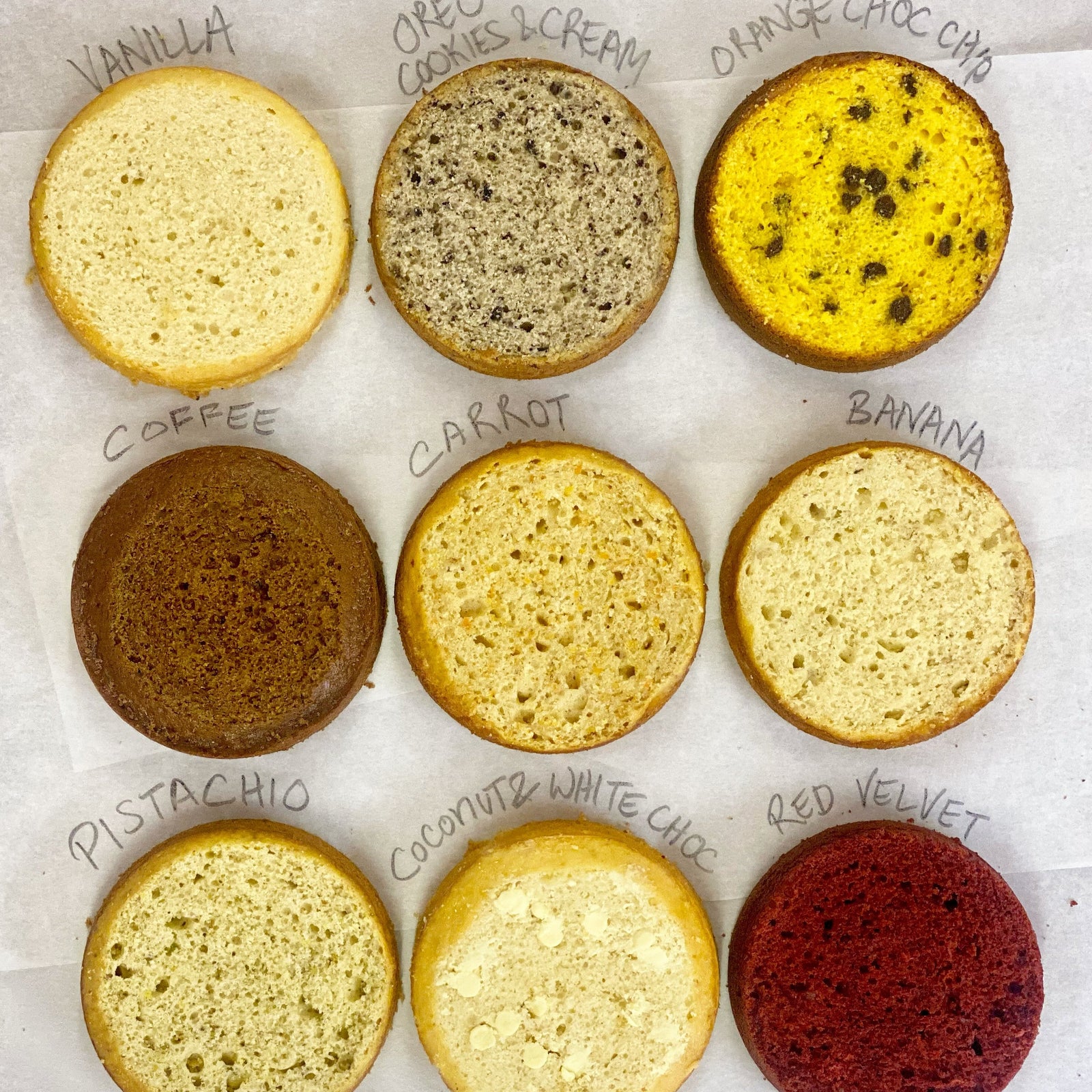
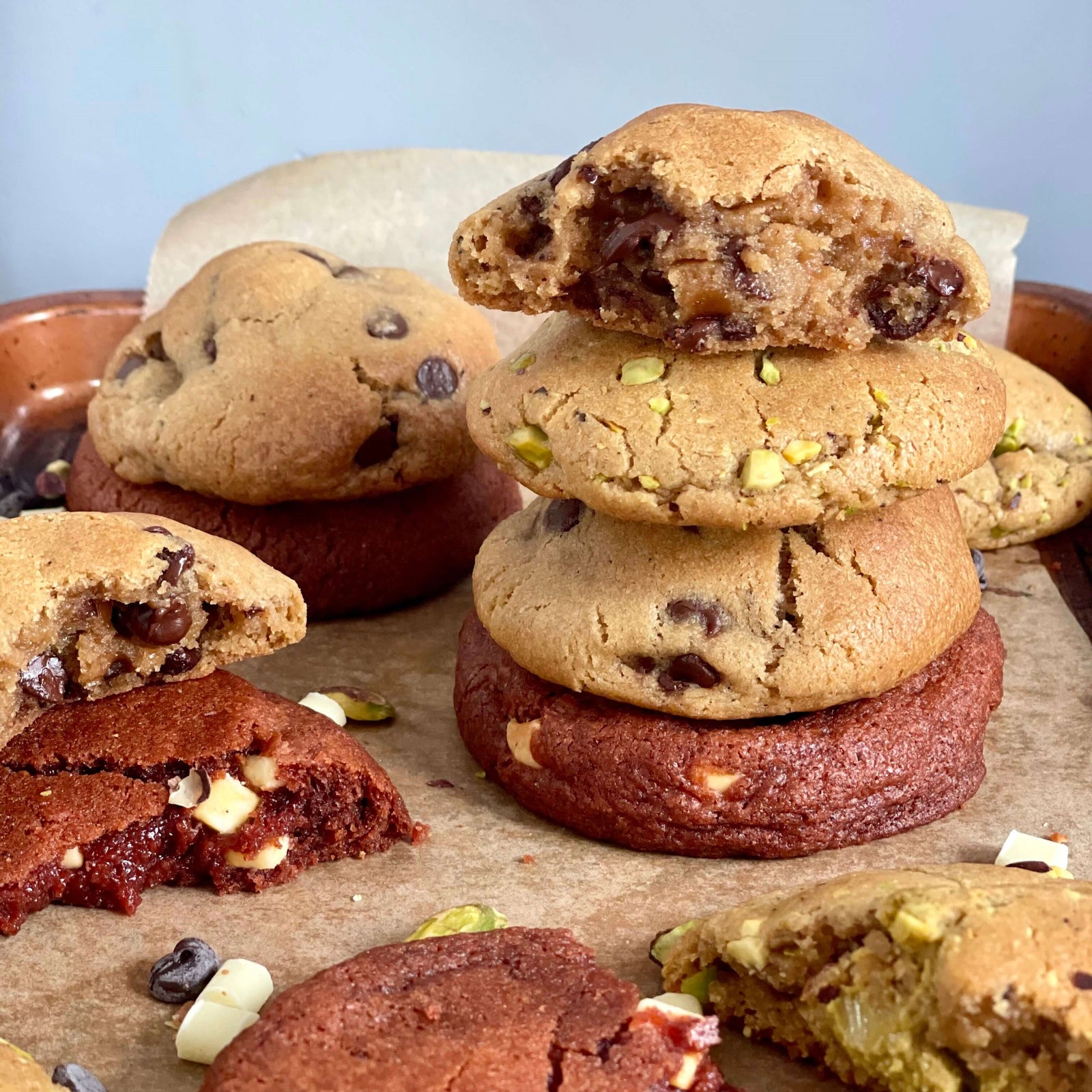
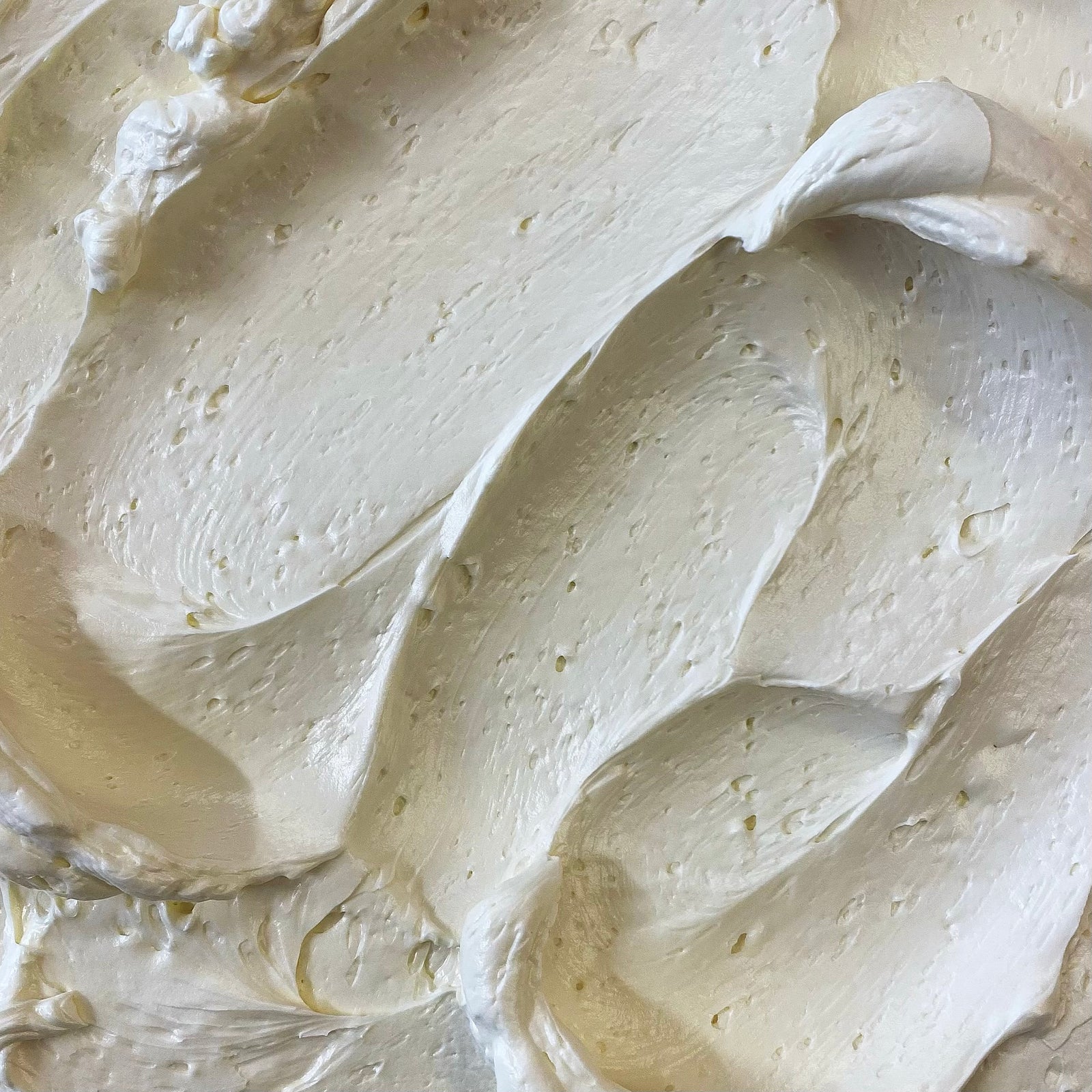

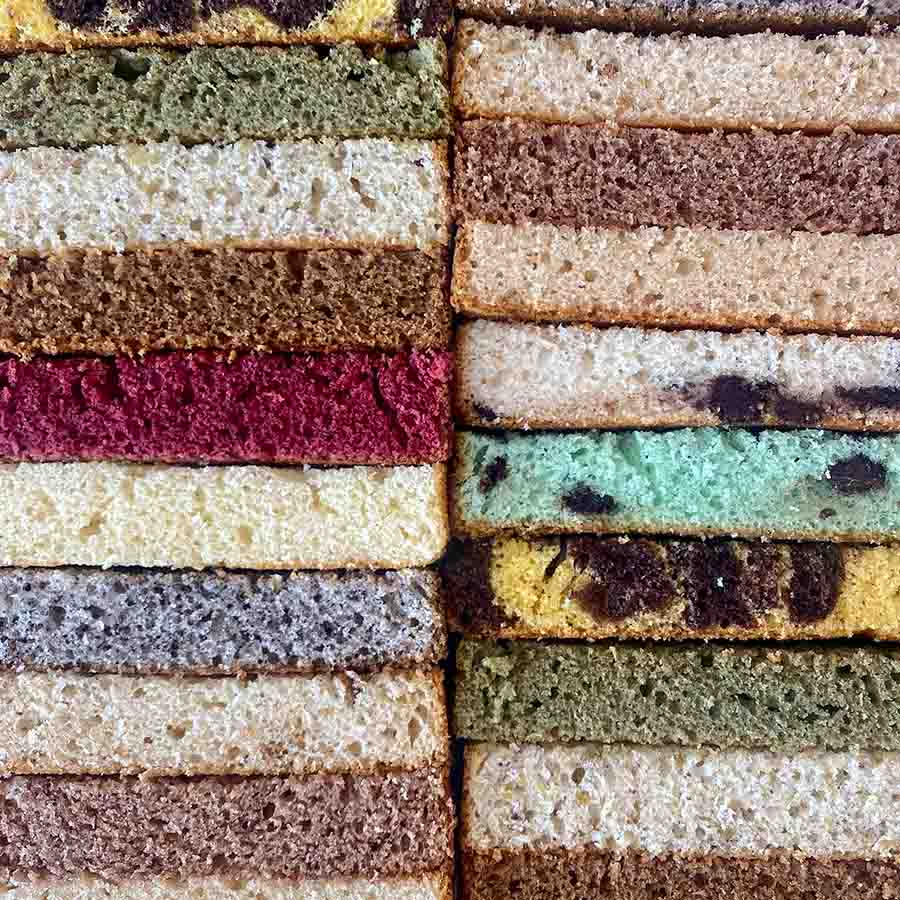
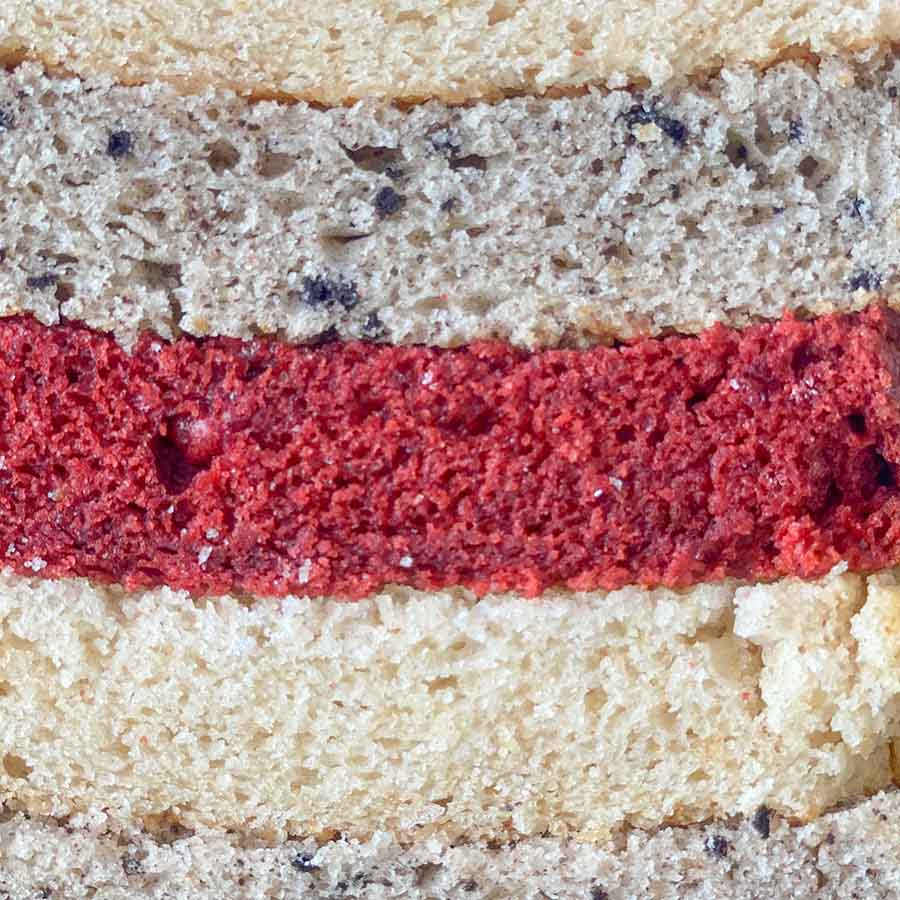
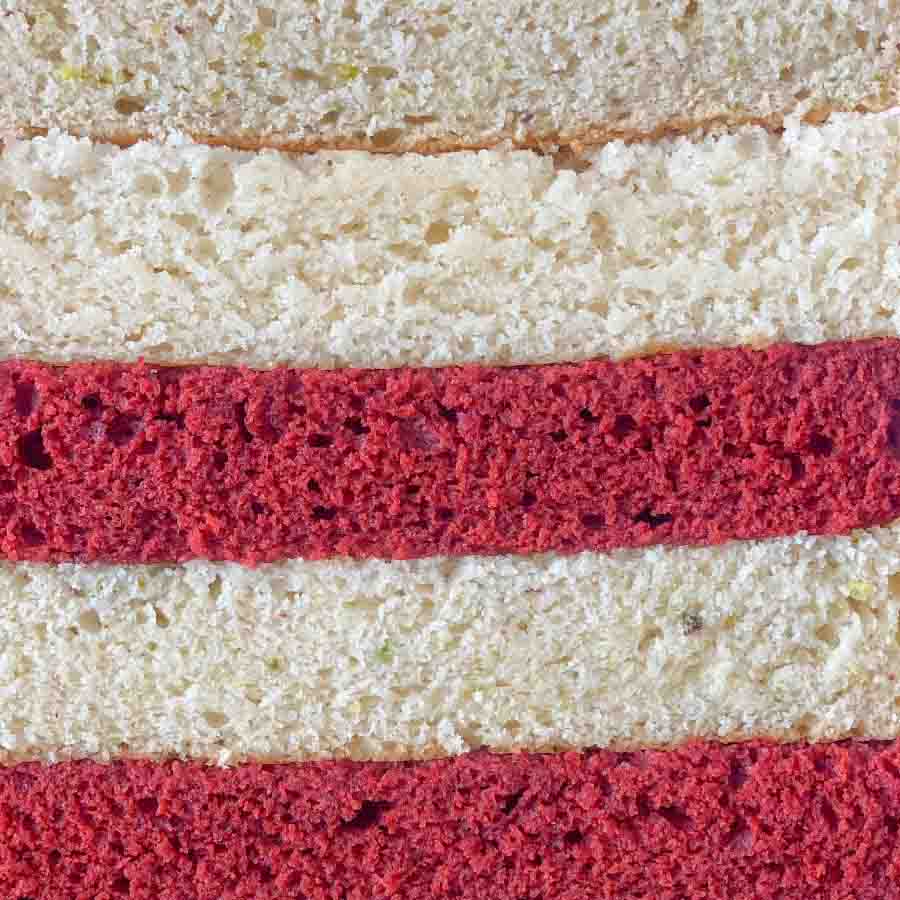
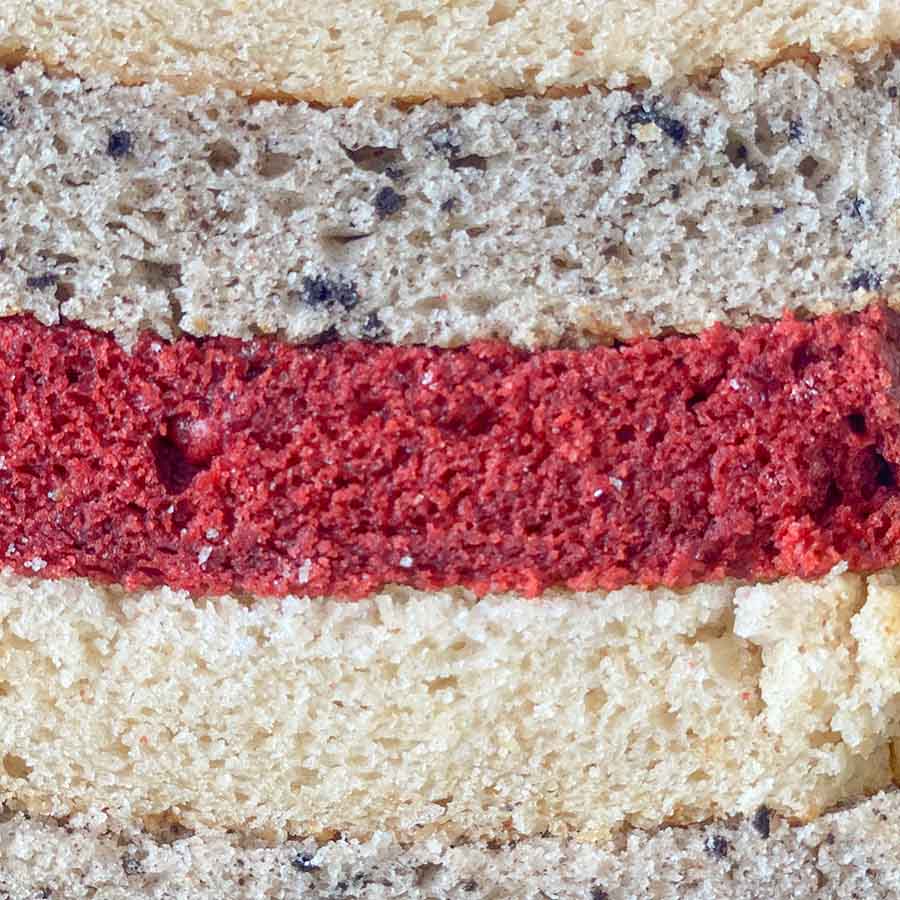

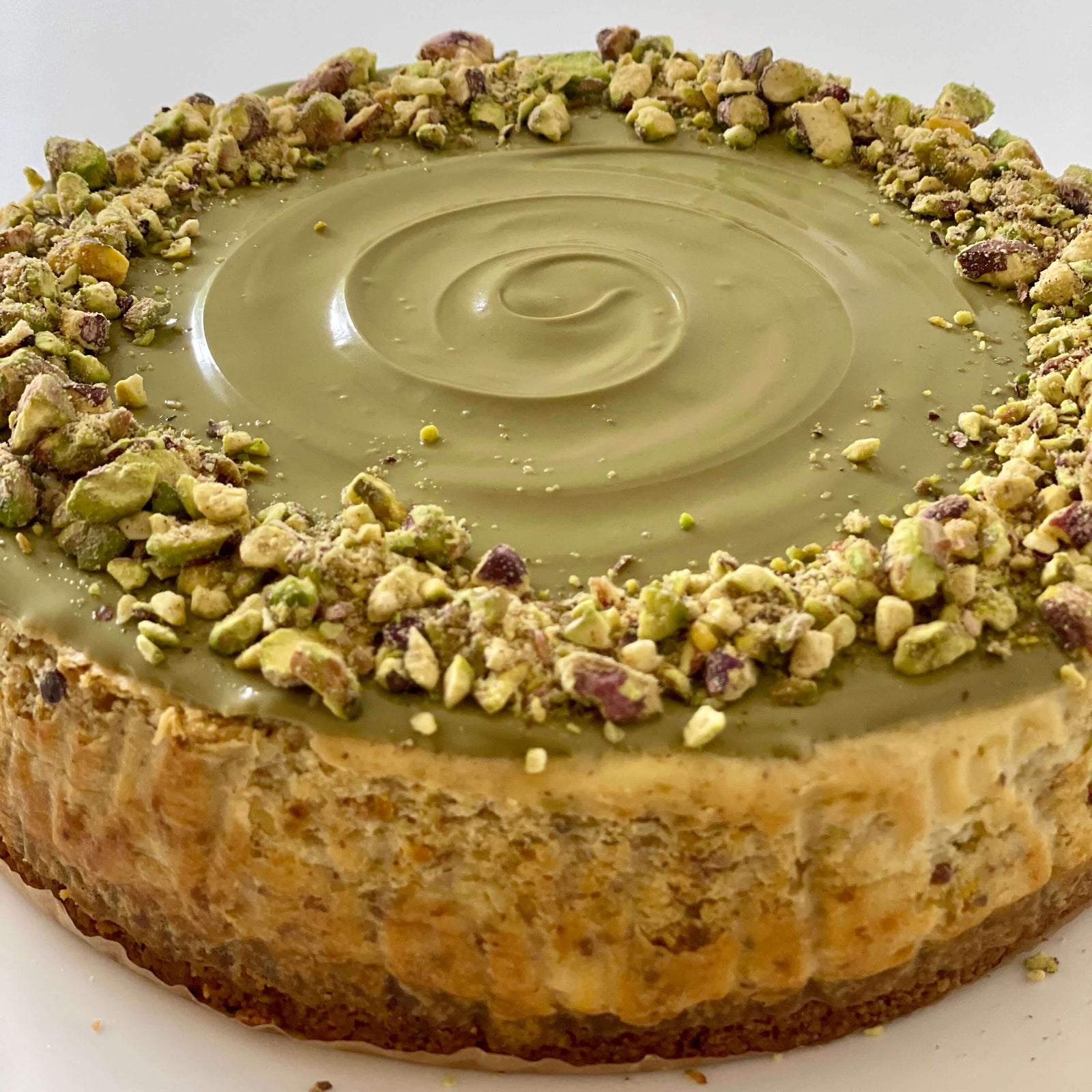
Leave a comment (all fields required)